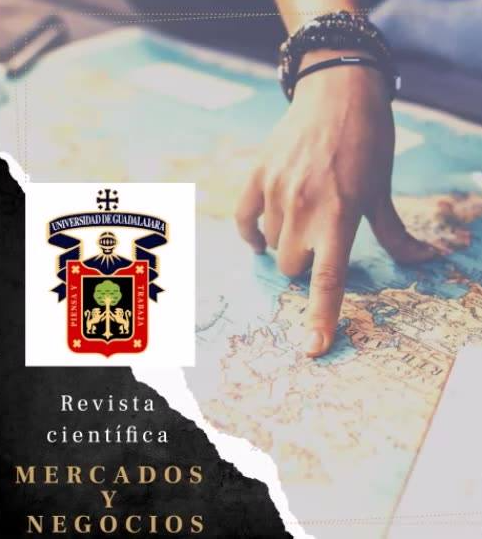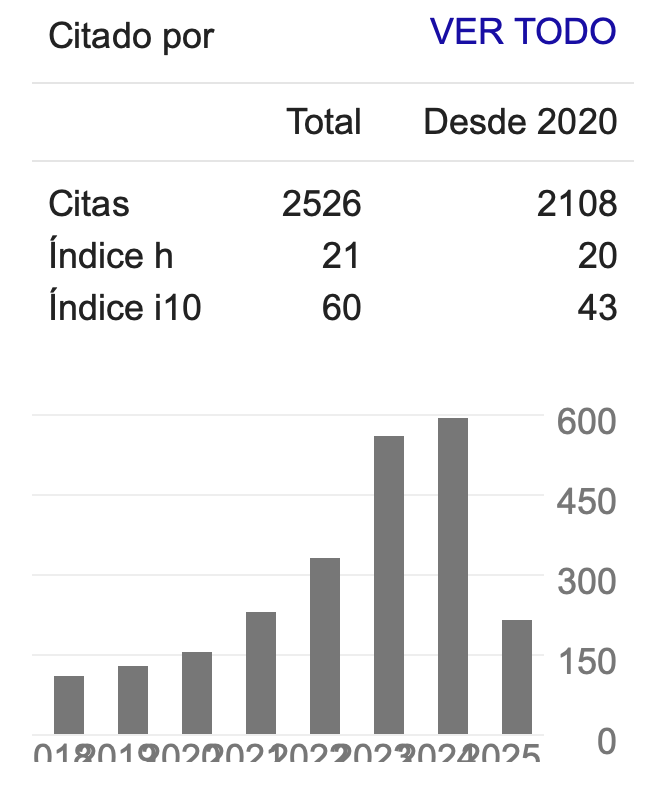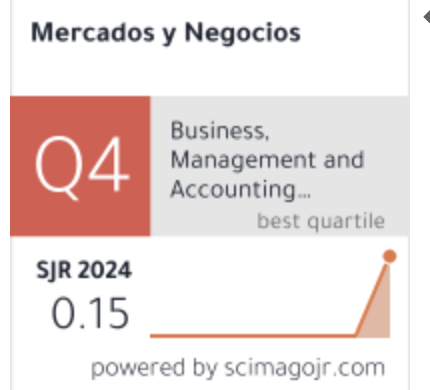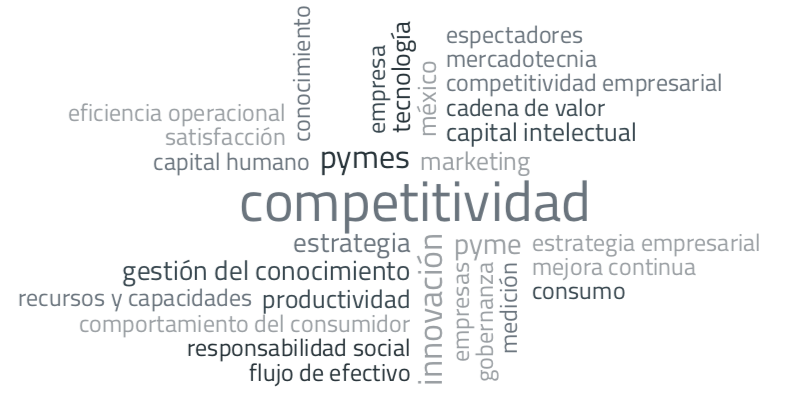Prácticas empresariales de excelencia en Internet: la exhibición de logotipos de garantía en los sitios web
DOI:
https://doi.org/10.32870/myn.v0i23-24.5167Keywords:
competitividad, confianza, empresas, estándares de calidad, Internet.Abstract
En Internet impera cierta sensación de desconfianza. En efecto, no todas las empresas actúan respetando la normativa y aplicando, además, prácticas de excelencia. No obstante, para certificar públicamente que sí resultan fiables, para efectos comerciales determinados sitios web exhiben diferentes logotipos de garantía acreditativos del cumplimiento de exigentes presupuestos de tutela del potencial cliente. Tales prácticas han proliferado a escala internacional. El objetivo del presente artículo es, además de su examen teórico, conocer las razones por las que los empresarios se adhieren a tales logotipos, sus efectos sobre el nivel de transacciones, imagen corporativa y el grado de satisfacción que el empresario tiene respecto a los mismos. Para ello empleamos cuestionarios diseñados específicamente al efecto. Como podrá verse, los sellos resultan especialmente eficaces cuando son conocidos por quienes los observan. En efecto, reducen sensiblemente la sensación de desconfianza que existe en la Red.References
Ba, S., Whinston, A. B., & Zhang, H. (2000). The dynamics of the electronic market: An evolutionary game approach. Information Systems Frontiers, 2(1), 31-40.
Bahmanziari, T., Odom, M. D., & Ugrin, J. C. (2009). An experimental evaluation of the effects of internal and external e-Assurance on initial trust formation in B2C e-commerce. International Journal of Accounting Information Systems, 10(3), 152-170.
Baum, M. S., & Ford, W. (1997). Secure electronic commerce. Ed. Prentice Hall.
Bhimani, A. (1996). Securing the commercial Internet. Communications of the ACM, 39(6), 29-35.
Calliess, G. P. (2007). Transnational consumer law: Co-regulation of B2C-E-Commerce. RESPONSIBLE BUSINESS: SELF-GOVERNANCE IN TRANSNATIONAL ECONOMIC TRANSACTION, Olaf Dilling, Martin Herberg & Gerd Winter, eds, 225-258.
Chien-Ta Ho, B., & Oh, K. B. (2009). An empirical study of the use of e-security seals in e-commerce. Online Information Review, 33(4), 655-671.
D Harrison McKnight, N. L. C. (2001). What trust means in e-commerce customer relationships: an interdisciplinary conceptual typology. International journal of electronic commerce, 6(2), 35-59.
De Bruin, R., Keuleers, E., Lazaro, C., Poullet, Y., & Viersma, M. (2005). Analysis and definition of common characteristics of trustmarks and web seals in the European Union.
Devaraj, S., Fan, M., & Kohli, R. (2006). Examination of online channel preference: using the structure-conduct-outcome framework. Decision Support Systems, 42(2), 1089-1103.
Fiorina, C. S., Mangold, K., & Yoshikawa, E. (2001). Consumer Confidence. Trustmarks.
Gefen, D., Karahanna, E., & Straub, D. W. (2003). Trust and TAM in online shopping: an integrated model. MIS quarterly, 27(1), 51-90.
Griffin, K., Ladd, P. D., & Whitehead Jr, R. (2011). Internet commerce: security is still a concern. Review of Business Information Systems (RBIS), 2(1), 67-72.
Hoffman, D. L., Novak, T. P., & Peralta, M. (1999). Building consumer trust online. Communications of the ACM, 42(4), 80-85.
Hu, X., Lin, Z., Whinston, A. B., & Zhang, H. (2004). Hope or hype: On the viability of escrow services as trusted third parties in online auction environments. Information Systems Research, 15(3), 236-249.
Hu, X., Lin, Z., & Zhang, H. (2002). Trust promoting seals in electronic markets: an exploratory study of their effectiveness for online sales promotion.Journal of Promotion Management, 9(1-2), 163-180.
Hu, X., Wu, G., Wu, Y., & Zhang, H. (2010). The effects of Web assurance seals on consumers' initial trust in an online vendor: A functional perspective.Decision support systems, 48(2), 407-418.
Hui, K. L., Teo, H. H., & Lee, S. Y. T. (2007). The value of privacy assurance: an exploratory field experiment. Mis Quarterly, 19-33.
Hunton, J. E., Benford, T., Arnold, V., & Sutton, S. G. (2000). The Impact of Electronic Commerce Assurance on Financial Analysts' Earnings Forecasts and Stock Price Estimates (Retracted). Auditing: A Journal of Practice & Theory, 19(s-1), 5-22.
Jiménez, D. L. (2009). El sistema de autodisciplina europeo en materia de comercio electrónico: el código de conducta Euro-Label. Icade: Revista de las Facultades de Derecho y Ciencias Económicas y Empresariales, (77), 263-280.
Kaihong, X., & Mingxia, W. (2007, June). Economic function of trust seal in E-Commerce: an experiment study based on Chinese subjects. In 2007 International Conference on Service Systems and Service Management (pp. 1-5). IEEE.
Kim, D. J., Ferrin, D. L., & Rao, H. R. (2008). A trust-based consumer decision-making model in electronic commerce: The role of trust, perceived risk, and their antecedents. Decision support systems, 44(2), 544-564.
Kimery, K. M., & McCord, M. (2006). Signals of trustworthiness in e-commerce: consumer understanding of third-party assurance seals. Journal of Electronic Commerce in Organizations, 4(4), 52.
Kotkin, J. (1998). The Mother of All Malls: Main Street USA may hustle with business today, but retailers beware. E-tailers are preparing to sweep those shoppers right off tile street. Forbes, 161, 60-65.
Kovar, S. E., Burke, K. G., & Kovar, B. R. (2000). Consumer responses to the CPA WEBTRUST™ assurance. Journal of Information Systems, 14(1), 17-35.
Lala, V., Arnold, V., Sutton, S. G., & Guan, L. (2002). The impact of relative information quality of e-commerce assurance seals on Internet purchasing behavior. International Journal of Accounting Information Systems, 3(4), 237-253.
Mauldin, E., & Arunachalam, V. (2002). An experimental examination of alternative forms of web assurance for business-to-consumer e-commerce.Journal of Information Systems, 16(s-1), 33-54.
McKnight, D. H., Kacmar, C. J., & Choudhury, V. (2004). Shifting Factors and the Ineffectiveness of Third Party Assurance Seals: A two‐stage model of initial trust in a web business. Electronic Markets, 14(3), 252-266.
Miyazaki, A. D., & Krishnamurthy, S. (2002). Internet seals of approval: Effects on online privacy policies and consumer perceptions. Journal of Consumer Affairs, 36(1), 28-49.
Nikitkov, A. (2006). Information assurance seals: how they impact consumer purchasing behavior. Journal of Information Systems, 20(1), 1-17.
Noteberg, A., Christiaanse, E., & Wallage, P. (2003). Consumer trust in electronic channels: the impact of electronic commerce assurance on consumers' purchasing likelihood and risk perceptions. E-service Journal, 2(2), 46-67.
Odom, M. D., Kumar, A., & Saunders, L. (2002). Web assurance seals: How and why they influence consumers' decisions. Journal of Information Systems,16(2), 231-250.
Pennington, R., Wilcox, H. D., & Grover, V. (2003). The role of system trust in business-to-consumer transactions. Journal of Management Information Systems, 20(3), 197-226.
Suh, B., & Han, I. (2003). The impact of customer trust and perception of security control on the acceptance of electronic commerce. International Journal of electronic commerce, 7(3), 135-161.
Udo, G. J. (2001). Privacy and security concerns as major barriers for e-commerce: a survey study. Information Management & Computer Security,9(4), 165-174.
Warrington, T. B., Abgrab, N. J., & Caldwell, H. M. (2000). Building trust to develop competitive advantage in e-business relationships. Competitiveness Review: An International Business Journal, 10(2), 160-168.
Downloads
Published
How to Cite
Issue
Section
License
Mercados y Negocios by Department of Mercadotecnia y Negocios Internacionales. University of Guadalajara is licensed under a License Creative Commons Attribution-NonCommercial 4.0 International.
The author retains the copyright.








